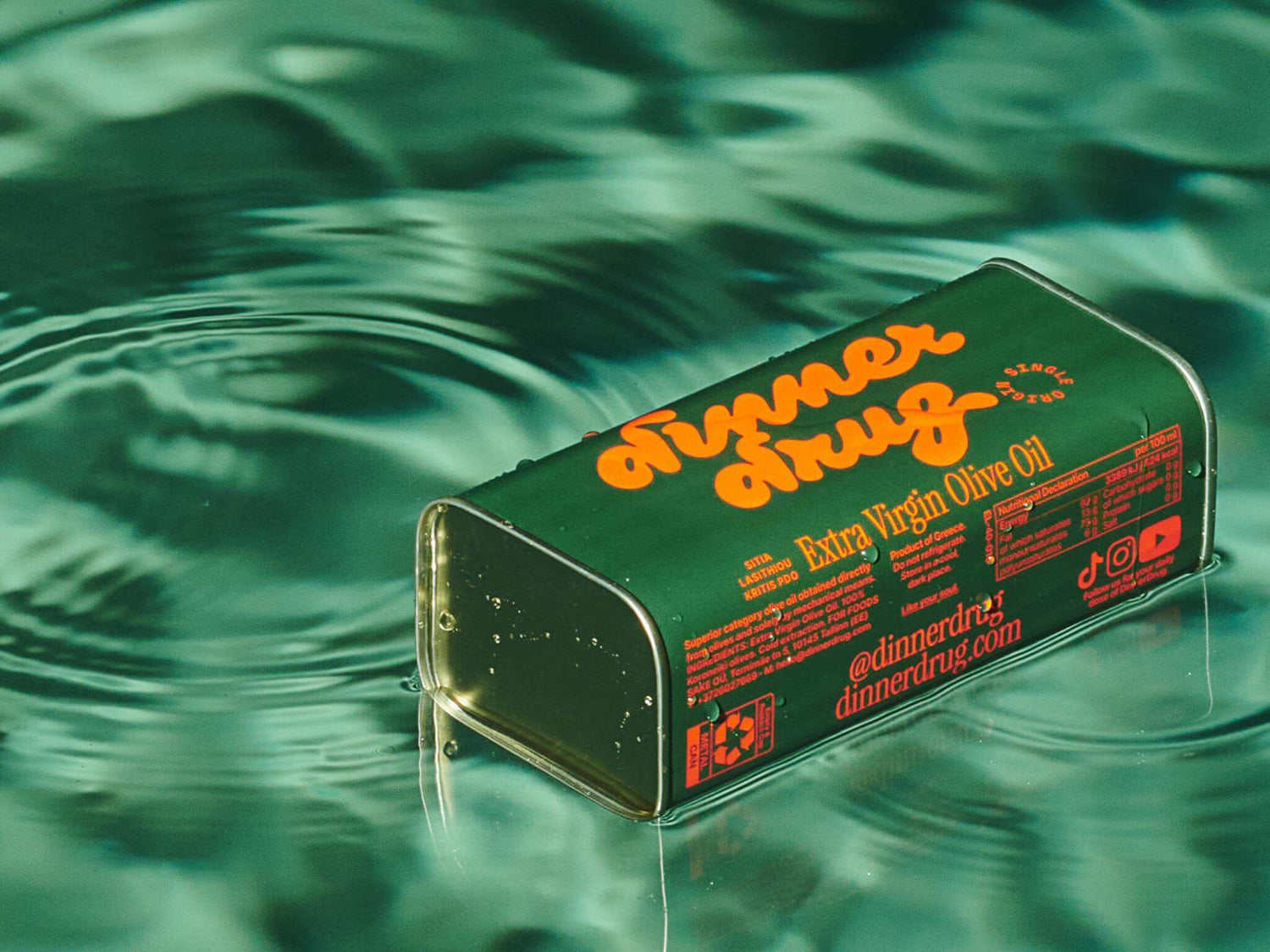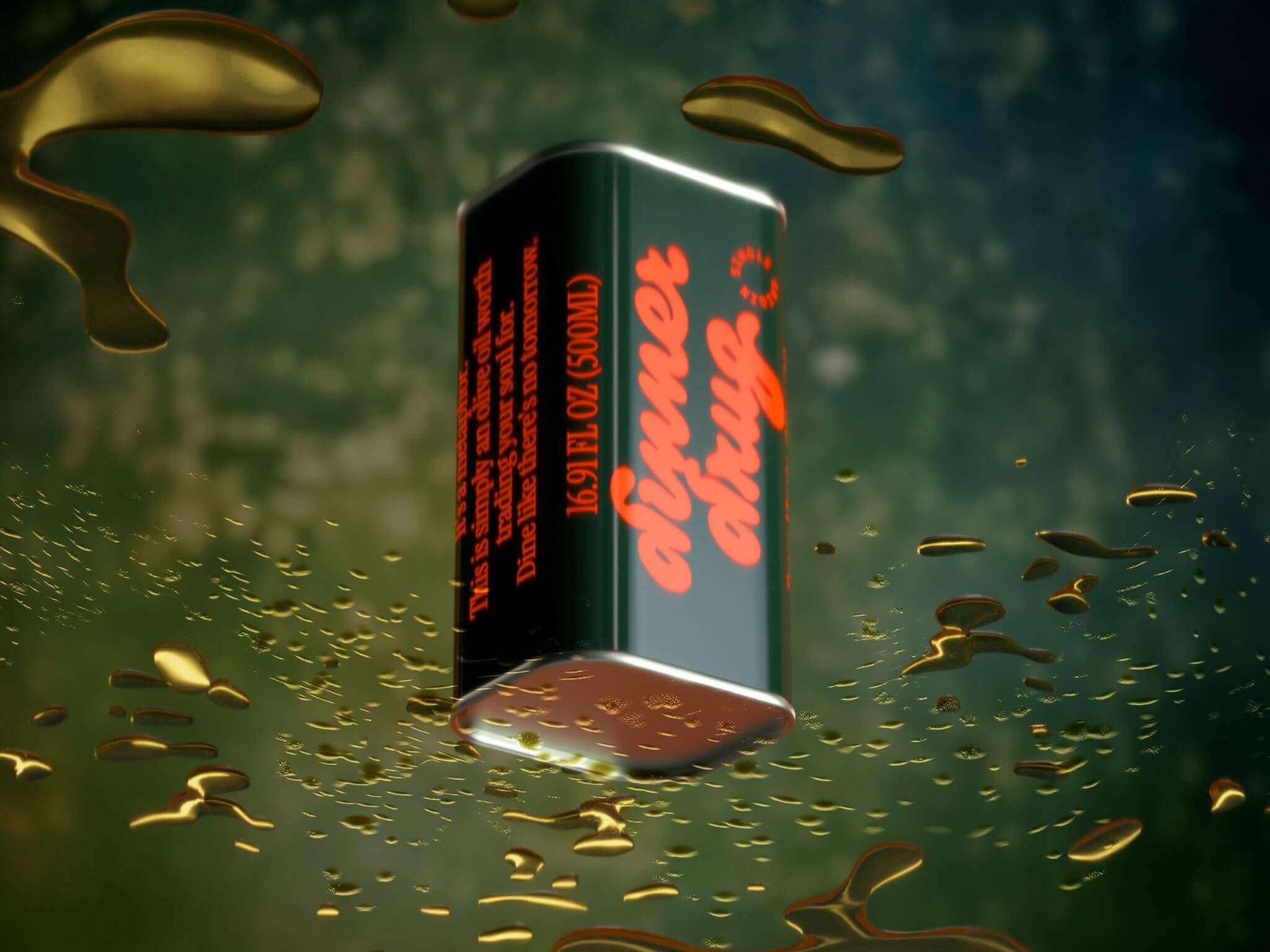Picture this: You’re at the supermarket, and you know exactly where you’re going – straight to the olive oil aisle. After all, you're craving your Pasta all’olio…
But then, you’re lost. Again. The amount of different types of olive oil and brands displayed in a whole aisle makes you question everything. Or at least, whether you did enough research for your recipe.
If you’re even a little bit like me and ever got lost in the jungle of olive oil types, then this list will shed some light on what all those names and categories mean for your dinner. Read on to never get lost again.
Why so many different types of olive oil?
Olive oils are created by different methods and under various conditions, which is why we end up with so many olive oil designations.
The European Union has defined eight different olive oil categories and we can subdivide them into three subcategories to make things easier.
The 3 subcategories of olive oil types:
- Virgin olive oils for consumption
- Other olive oil categories you can buy
- Other olive oil categories unfit for consumption
The best type of olive oil: virgin olive oils for consumption
Extra virgin olive oil
Okay, let’s start with the best type of olive oil. And yes, I’m biased here, but only a bit.
Extra virgin olive oil is the highest-grade olive oil out there. It comes with a fruity, tasty aroma and a bunch of health-boosting nutrients. Only oils mechanically extracted at temperatures not exceeding 27℃ and boasting a low acidity deserve to be called extra virgin.
Why we crave it:
- Extracted only by mechanical means, leaving a bunch of healthy nutrients in the oil
- Low acidity levels of less than 0.8%
- Organoleptic characteristics (including taste, color, smell, and feel) rated at least 6.5 out of 10
- High-quality olives without any defects were used for the oil
Uses of extra virgin olive oil
While most people reserve their EVOO for salads and dipping, you can use it for almost everything. From dipping your bread in it to cooking, frying, baking and even using it as a gentle hair mask.
Fun fact: the Greeks seem to use it for everything. According to statistics, they consume about 12 liters of olive oil per year and per person, of which roughly 48% is extra virgin olive oil!
Health benefits of extra virgin olive oil:
It’s rich in monounsaturated fatty acids like oleic acid, vitamin E, and other antioxidants called polyphenols.
Extra virgin olive oil is known for its anti-inflammatory, heart-protecting properties. It may even help to keep your cholesterol levels at bay while preventing stroke, diabetes, or high blood pressure.
As always, take these health claims with a pinch of salt and remember it’s not just one but many factors that influence your health.
Virgin olive oil
Sometimes also called fine olive oil, this type of olive oil is a bit higher in acidity and it comes with more defects, making it a lower-quality oil than EVOO. But it still has good taste and aroma and is extracted by mechanical means, just like extra virgin.
Main characteristics:
- Extracted only by mechanical means
- Acidity levels of less than 2.0%
- Organoleptic characteristics of at least 5.5 out of 10, meaning it’s still tasty but has a few sensory defects
Uses of virgin olive oil
With virgin olive oil having a slightly higher smoke point, it is a great oil for cooking and frying at higher temperatures. This oil also comes with more sensory defects and tends to be milder in taste, which may be what you’re looking for whenever you don’t want your olive oil to play the lead role on your plate.
Other olive oil categories you can buy
Olive oil…
… composed of refined olive oil and virgin olive oils.
That’s a long name for a category that simply describes a blend of the good virgin olive oils and the not-so-healthy refined olive oil.
This olive oil designation is good for consumption, but less impressive regarding its health benefits because it doesn’t contain a lot of antioxidants. It’s also more prone to developing higher levels of transfats, which isn’t too healthy, either.
Characteristics of olive oil:
- A blend of virgin olive oils and refined olive oil
- Acidity levels of less than 1.0%
Uses of olive oil
Like other oils for kitchen use, you can cook, bake, or sauté with this olive oil, though it won’t make you trip. It’s just not packed with all these tasty polyphenols…
Olive-pomace oil
Never heard of this kind of olive oil? Me neither before delving deeper into the world of olive products. Olive-pomace oil is obtained by further processing the leftover olive stones and paste with different chemicals, which is then mixed with virgin olive oils.
Characteristics of olive-pomace oil:
- Obtained from olive pomace = the remaining olive paste after mechanical extraction
- Acidity levels of less than 1.0%
Other olive oil categories unfit for consumption
Lampante olive oil
The name ‘lampante’ comes from the Italian ‘lampa’ (i.e. lamp), describing its historical use as fuel oil. Even though it’s extracted like virgin or extra virgin oils, this one comes with major flaws and high acidity levels, making it unfit for consumption.
Characteristics of lampante olive oil:
- Extracted only by mechanical means
- Acidity levels of more than 2.0%
Uses of Lampante olive oil
Lampante oil is used in industrial processes – or lamps if you’re feeling nostalgic for centuries past – and further refining.
Refined olive oil
One of the unhealthier oils in this list is refined olive oil. Its name already describes what’s happening here: virgin olive oils are processed industrially (using chemicals) and then refined. This process removes flavor, odor, and color plus most of its antioxidants from the oil. It can be sold for consumption only when blended.
Characteristics of refined olive oil:
- Obtained from virgin olive oils by refining them
- Acidity levels of less than 0.5%; no valid parameter
- Neutral taste and smell
Crude olive-pomace oil
Olive pomace is what’s left after the extraction of olive oil. From this paste, another oil is obtained, which we call crude olive-pomace oil.
Refined olive-pomace oil
This is how we call the crude olive-pomace oil after refining it. Which, remember, can then be blended with virgin olive oils.
Additional information on the label
And then there are also these other names you might find on the label. Things like:
- PDO (Protected designation of origin)
- PGI (Protected geographic indication)
- Organic
- Early harvest
While these give you extra clues about the oil, they don’t count as another category. You can use them as secondary hints about the quality of a given olive oil.
Your overview of the types of olive oil
To sum things up, we’ve created this little table below with all the major takeaways for you to look up. Who knows, it might come in handy the next time you’re scouring your local supermarket’s shelves for the best olive oil.





